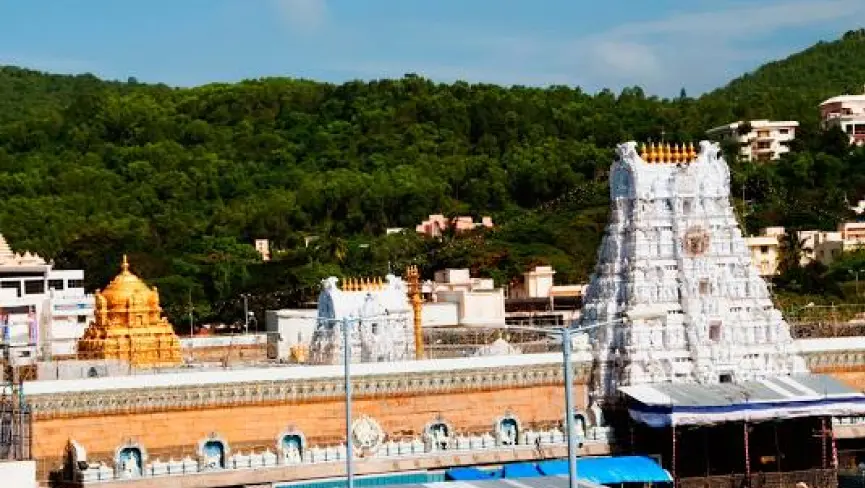
Top 10 Amazing Facts About Tirumala Venkateswara Temple You Must Know
Tirumala Venkateswara Temple in Andhra Pradesh is one of the most visited and richest Hindu temples in the world. Dedicated to Lord Venkateswara (an incarnation of Vishnu), this sacred hill shrine attracts millions of devotees every year. Beyond its spiritual significance, Tirumala is full of fascinating facts and mysteries that make it truly unique. Here are the top 10 amazing facts about Tirumala you should know.
1. World’s Richest Hindu Temple
Tirumala Venkateswara Temple is widely regarded as the richest Hindu temple in the world, both in terms of wealth and daily offerings. Every year, the temple receives donations worth thousands of crores in the form of gold, jewelry, and cash from millions of devotees. Many visitors offer ornaments, diamonds, and even entire gold bars as a token of gratitude. The temple’s treasury is estimated to hold hundreds of tonnes of gold reserves, making it a spiritual and economic marvel. This immense wealth is used to fund free meals, infrastructure, education, and social welfare programs benefiting millions.
2. Record-Breaking Pilgrim Visits
Tirumala Venkateswara Temple is one of the most visited religious sites in the world, attracting devotees from across India and abroad. On a normal day, the temple welcomes 50,000 to 80,000 pilgrims, but during major festivals like Brahmotsavam, Vaikunta Ekadasi, and New Year celebrations, the number can surge to over 5 lakh visitors in a single day. The Tirumala Tirupati Devasthanams (TTD) has developed advanced queue systems, online ticket booking, and crowd management strategies to handle this massive influx without compromising the devotional experience. This unmatched footfall makes Tirumala not just a spiritual hub, but also a logistical wonder in pilgrimage management.
3. The Sacred Hair Donation Tradition
One of the most unique and revered customs at Tirumala Venkateswara Temple is the tradition of tonsuring—devotees offering their hair to Lord Venkateswara. This act symbolizes complete surrender and humility before the deity, representing the shedding of ego and worldly attachments. Every day, thousands of pilgrims—men, women, and even children—queue up at dedicated Kalyanakatta tonsure halls to have their heads shaved.
The temple collects hundreds of tonnes of hair annually, which is then graded, packaged, and auctioned internationally. High-quality human hair from Tirumala is in great demand for wig-making and extensions, bringing in hundreds of crores of rupees in revenue. This income is used by the Tirumala Tirupati Devasthanams (TTD) for temple maintenance, free meals, healthcare, education, and other charitable activities, making this spiritual act both devotional and socially impactful.
4. The Idol’s Mysterious Warmth
One of the most intriguing mysteries of Tirumala Venkateswara Temple is the unusual warmth of the idol. Despite being located in the cool and dimly lit sanctum sanctorum, the idol of Lord Venkateswara maintains a steady temperature of around 110°F (43°C). Every day, after the sacred abhishekam (ritual bath), the idol is wiped dry, yet it still feels warm to the touch.
Devotees and priests believe this warmth is a divine sign of the Lord’s living presence. Some legends say that Lord Venkateswara’s idol is not a mere statue but a manifestation of the deity Himself, radiating spiritual energy. Even modern science has not been able to fully explain this phenomenon, adding to the temple’s aura of mystery and devotion.
5. Ocean Sounds in the Sanctum
A fascinating mystery of Tirumala Venkateswara Temple is the sound of ocean waves that can be heard from behind the idol of Lord Venkateswara. If a devotee places their ear close to the back wall of the sanctum, they can distinctly hear a rhythmic sound resembling the roar of the sea—even though Tirumala is located over 400 kilometers from the Bay of Bengal.
According to legend, Lord Venkateswara is eternally connected to Vaikuntha, His divine abode, which is believed to exist beyond the cosmic ocean (Kshira Sagara). Devotees see the sound as proof of this mystical link. While some scientific theories attribute it to acoustic effects or underground water flow, the temple’s faithful believe it is the divine ocean of eternity resonating within the sanctum. This unexplained phenomenon continues to be one of Tirumala’s most captivating mysteries.
6. Idol That Remains Moist
Another captivating mystery of Tirumala Venkateswara Temple is that the idol of Lord Venkateswara remains moist at all times, even after being thoroughly dried. Every morning, during the abhishekam (holy bath), the idol is bathed with water, milk, curd, sandalwood paste, and other sacred substances. Priests then carefully wipe it dry using soft, clean cloths—but within minutes, a thin layer of moisture mysteriously reappears on the surface.
Devotees believe this constant dampness is due to the divine energy radiating from the idol, signifying the Lord’s living presence. Some ancient temple traditions suggest that the idol is connected to an underground water source or sacred spring, though no conclusive evidence has ever been found. This phenomenon continues to intrigue scientists, historians, and pilgrims alike, adding to the spiritual allure of Tirumala.
7. The Eternal Lamp
Inside the sanctum of Tirumala Venkateswara Temple burns a sacred lamp that is believed to have been alight for thousands of years without ever being extinguished. Known as the Akhand Jyoti (eternal flame), this lamp is tended to by temple priests with the utmost devotion. The oil and wicks are replenished daily, but the flame itself has never been allowed to go out—a tradition passed down through countless generations.
According to legend, this lamp symbolizes the eternal presence of Lord Venkateswara and the undying devotion of His followers. Many devotees believe that the flame carries divine blessings, and simply glimpsing it can bring spiritual peace and prosperity. The fact that this tradition has been maintained unbroken for centuries reflects the temple’s deep-rooted rituals and unwavering faith that has endured through time.
8. World’s Largest Free Kitchen
Tirumala Venkateswara Temple is home to one of the largest free kitchens in the world, serving wholesome meals to lakhs of devotees every single day. Known as the Anna Prasadam Seva, this initiative feeds around 1.5 to 2 lakh people daily, completely free of cost. The meals are simple yet delicious, typically consisting of rice, sambar, rasam, chutney, and curd—prepared in strict adherence to hygiene and traditional cooking methods.
The kitchen operates on a massive scale, with state-of-the-art cooking equipment capable of preparing food in minutes for thousands at a time. All expenses are funded through devotees’ donations, ensuring that no pilgrim leaves Tirumala hungry. This service reflects the temple’s philosophy of “Annadanam Mahadanam”—meaning “offering food is the greatest charity.” It is a beautiful example of how faith, service, and community welfare blend seamlessly at Tirumala.
9. Laddu Prasadam with a GI Tag
The Tirupati Laddu is perhaps the most famous prasadam in India, loved by devotees for its rich taste and sacred significance. Made from high-quality ingredients like gram flour, pure ghee, sugar, cardamom, and cashews, this laddu has been distributed at Tirumala Venkateswara Temple for over 300 years. Its unique flavor and preparation method are so special that it has been awarded a Geographical Indication (GI) tag, protecting it from imitation and ensuring its authenticity.
The temple produces over 3 lakh laddus every single day in a highly organized kitchen, where preparation follows traditional recipes passed down through generations. For devotees, receiving this laddu is not just about enjoying a sweet treat—it is considered a blessing from Lord Venkateswara. Many carry it home for family and friends, making it a cherished symbol of their pilgrimage to Tirumala.
10. Over 2000 Years of History
The history of Tirumala Venkateswara Temple spans over two millennia, making it one of the oldest continuously worshipped temples in the world. Ancient scriptures like the Varaha Purana and Bhavishyottara Purana mention the sacred hill of Tirumala and the manifestation of Lord Venkateswara. Archaeological evidence, inscriptions, and historical records suggest that the temple has been a major pilgrimage center since at least 300 BCE.
Over the centuries, the temple received patronage from various dynasties, including the Pallavas, Cholas, Pandyas, and Vijayanagara kings, who expanded and adorned the shrine. Each generation contributed to its grandeur—be it through gold-plated sanctums, intricate stone carvings, or expansive courtyards. Even today, the temple remains a living monument of devotion, culture, and tradition, attracting millions of pilgrims and preserving rituals that have remained unchanged for hundreds of years.
Related Blog
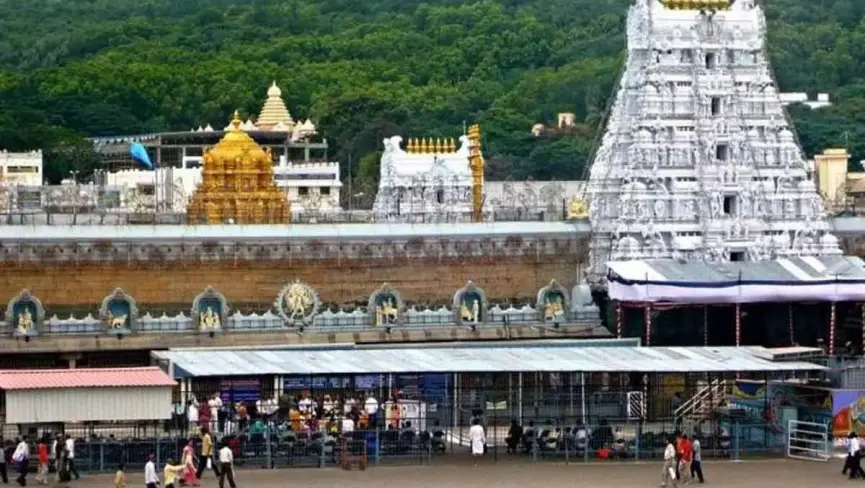
How to Register for Tirupati Lucky Dip Offline – Step-by-Step Guide
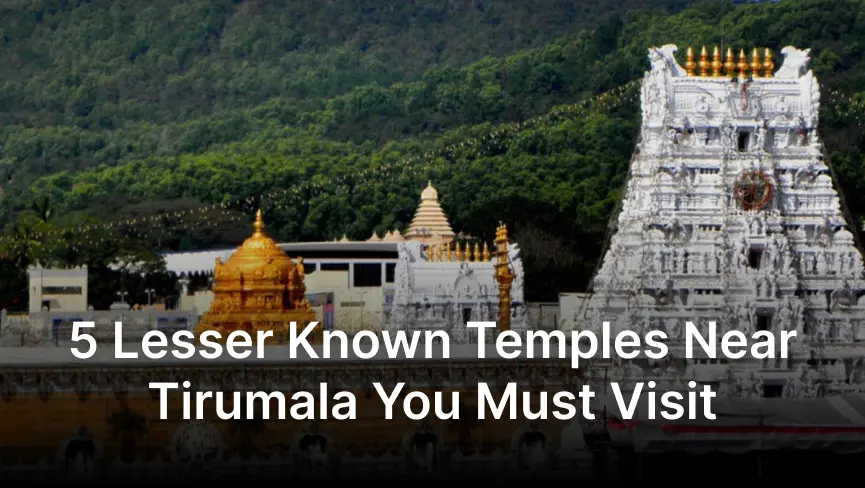
5 Lesser-Known Temples Near Tirumala You Must Visit
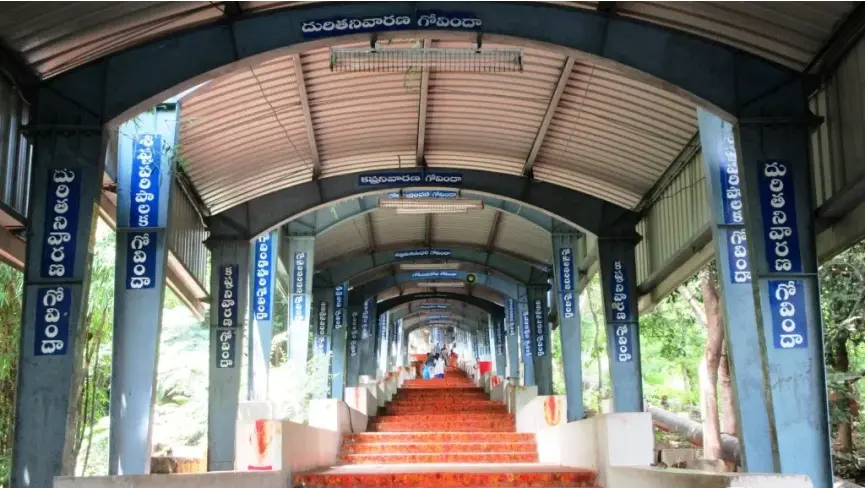
How Many Walking Routes to Tirumala? Complete Guide to Alipiri & Srivari Mettu
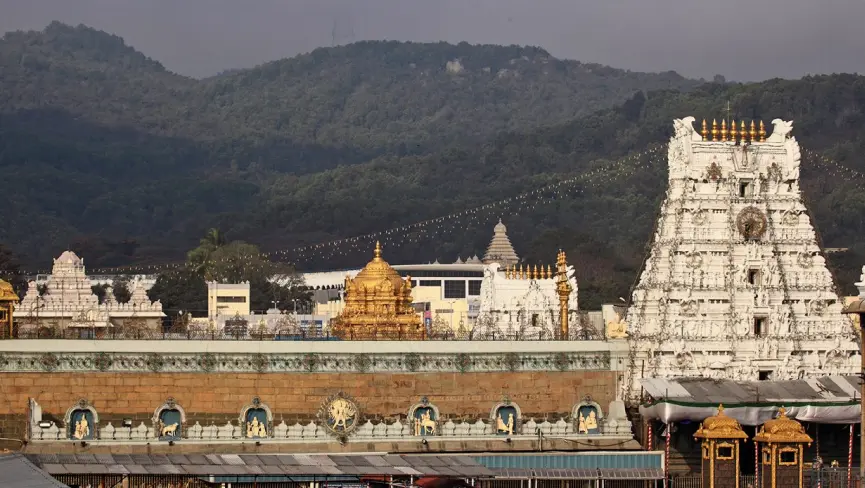
Tirupati Travel Guide: Itinerary for 2 Days of Spiritual Exploration
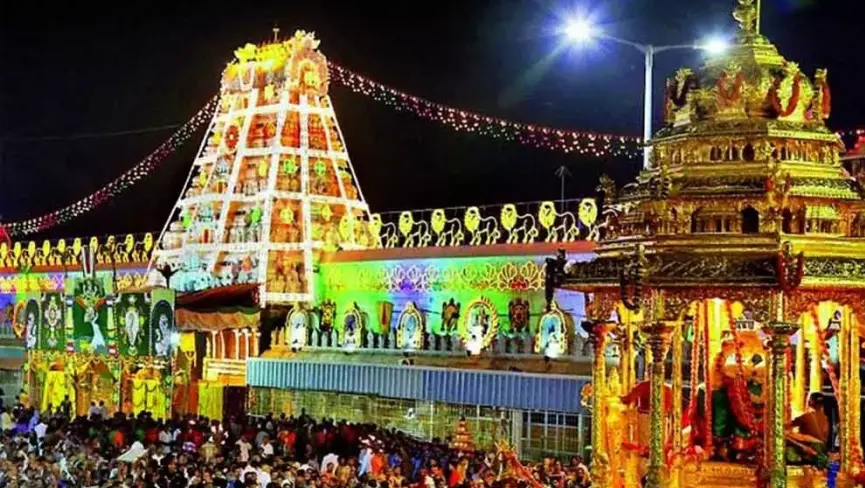
Tirumala Tirupati Brahmotsavam 2025 – Dates, Darshan Guide & Vahanam Schedule
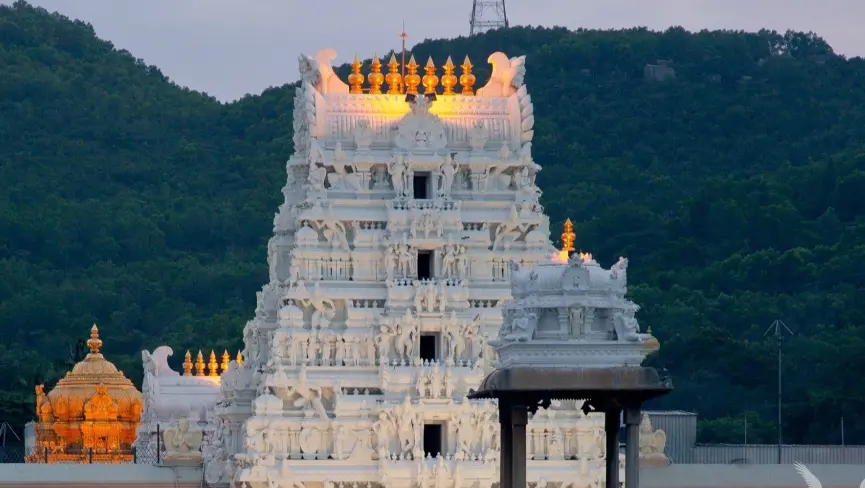
TTD Donor Benefits Explained: Types of Donations and Perks at Tirumala

Top 10 Amazing Facts About Tirumala Venkateswara Temple You Must Know

How to Reach Tirupati by Train, Road & Air – Easy Travel Guide
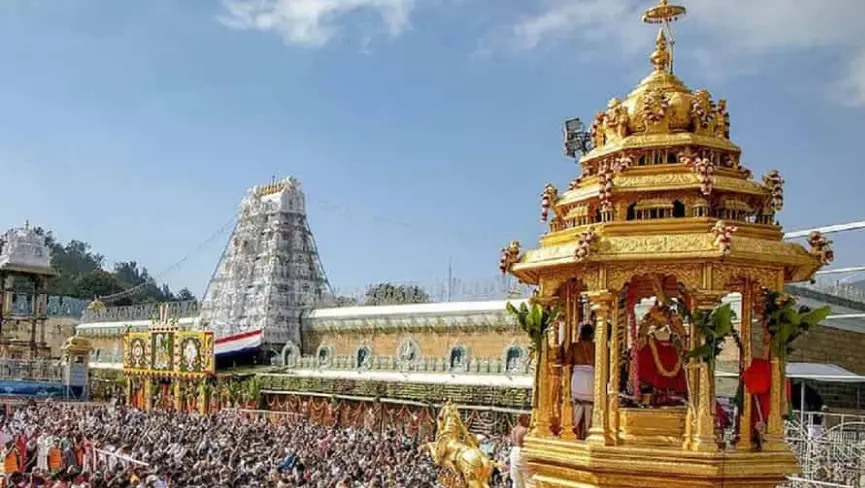
Major Festivals Celebrated at Tirumala Tirupati Temple

Complete Guide to TTD SSD Tokens for Tirumala Darshan | Complete Tirumala Darshan Guide 2025
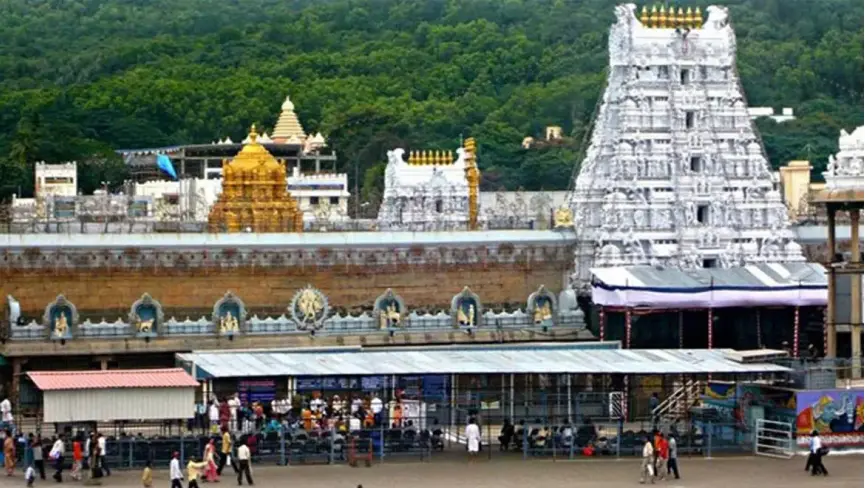
How to Visit Tirupati Balaji Without ₹300 Special Entry Tickets – Complete Guide

Tirumala 7 Hills – Mythology, Significance & Trekking Experience

How Tirupati Celebrates Vaikunta Ekadasi – Rituals, Darshan & Complete Guide
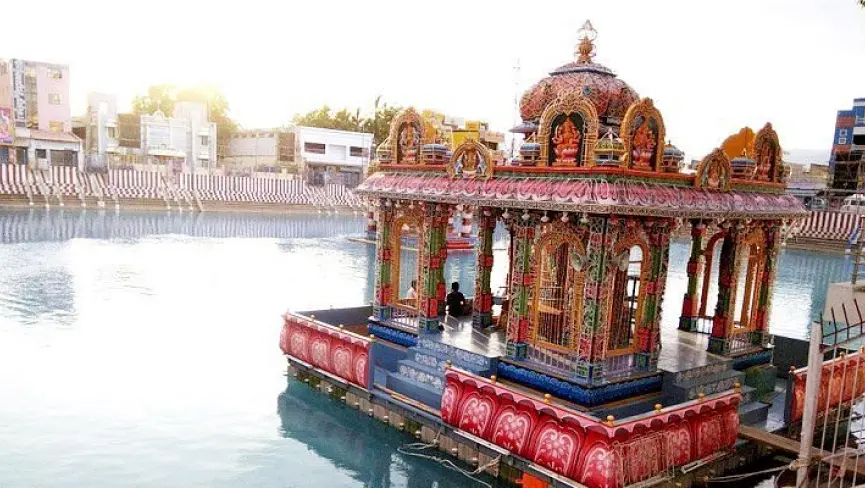
Padmavathi Ammavari Temple Tiruchanuru – History, Timings & Darshan Details

Srinivasa Mangapuram Temple Tirupati: Complete Travel Guide for Devotees
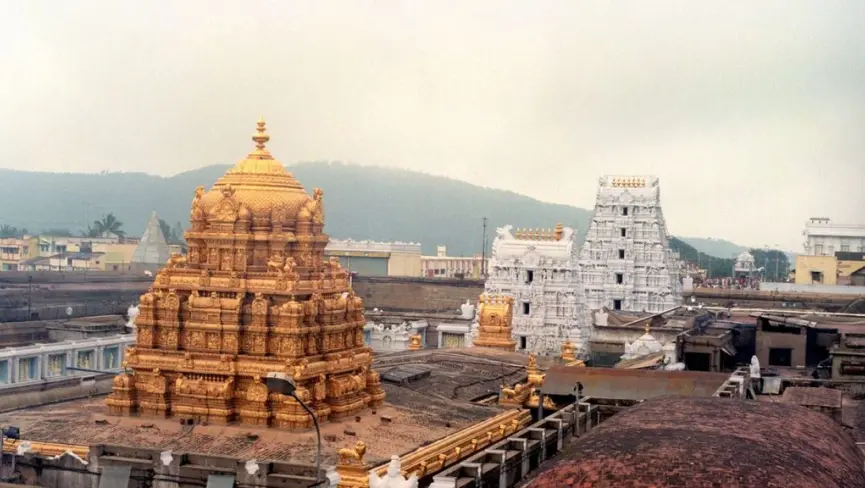
TTD Supadam Entry Guide: Timings, Eligibility & Booking Process Explained
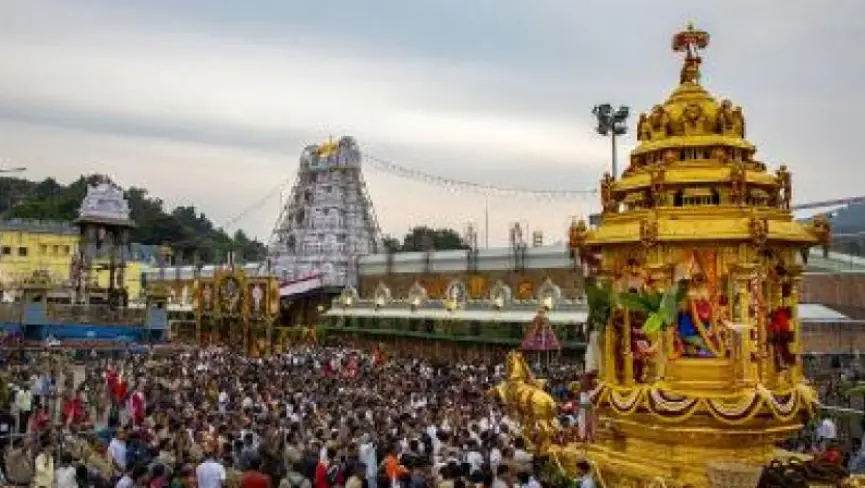
Vaikunta Ekadasi 2025: Ticket Release Dates, Darshan Details & Complete Guide
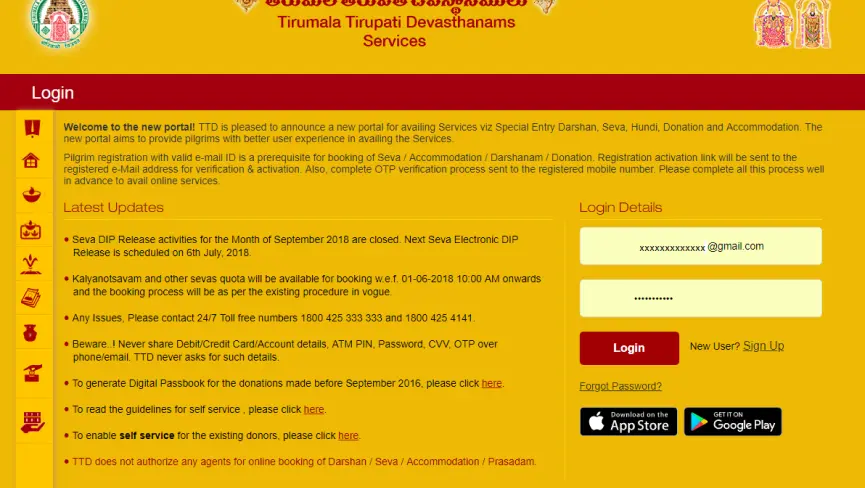
Book TTD ₹300 Darshan Tickets Online – March 2026 Tirumala Special Entry

